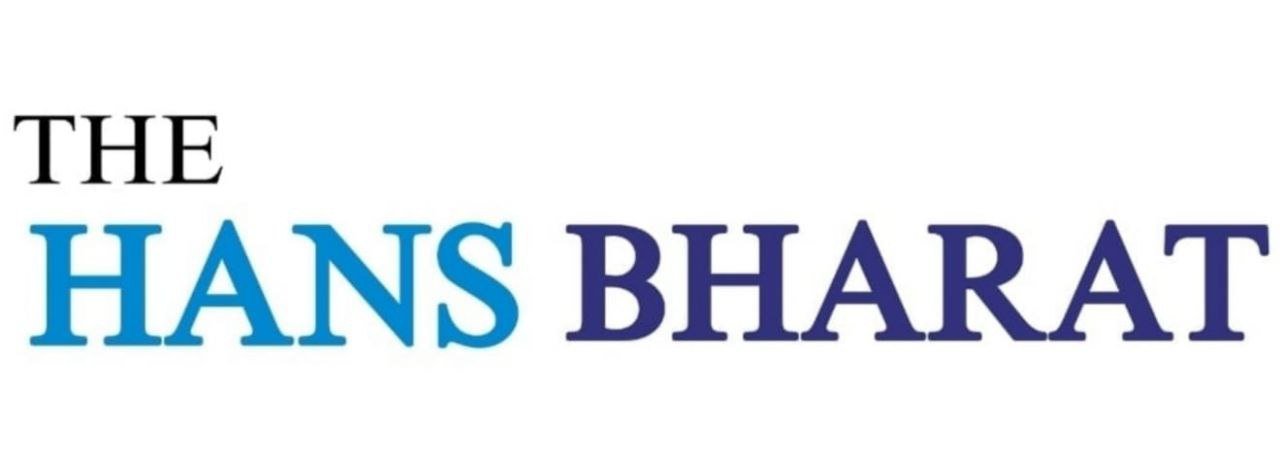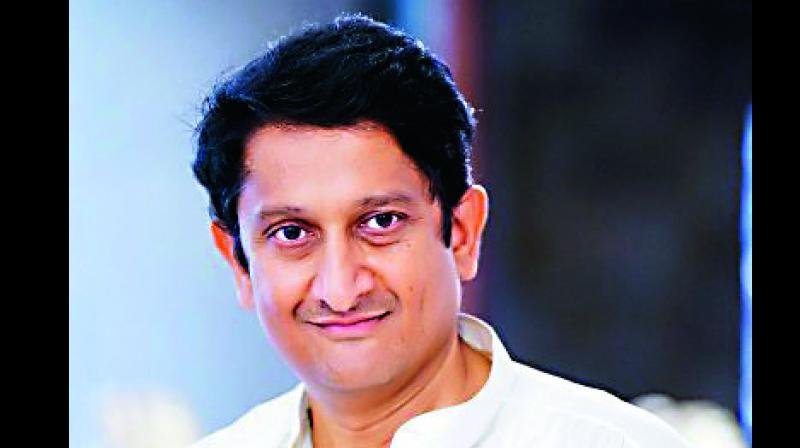
With a potential third term for Prime Minister Narendra Modi in India and former President Donald Trump vying to return to the White House, India-U.S. relations are set for a new phase, marked by two leaders with distinct styles yet aligned aspirations. Modi envisions a globally engaged and economically progressive India, while Trump emphasizes “America First” values, focusing on sovereignty and self-reliance. Their partnership could create a robust foundation to tackle issues like trade, technology, and security. Modi and Trump have previously displayed a warm rapport, showcased at events like “Howdy, Modi!” in Houston and “Namaste Trump” in Ahmedabad, which underscored the potential for collaboration between the world’s largest and oldest democracies. This camaraderie offers continuity and reliability, crucial for navigating complex geopolitical challenges. Their alignment could bolster cooperation in defense, technology, and regional security.
Economic cooperation remains central, with both leaders advocating pro-business policies. Trump’s emphasis on “fair” trade and Modi’s reforms encouraging foreign investment could lead to balanced trade agreements, opening the U.S. market to Indian sectors like pharmaceuticals and textiles. Given Trump’s interest in reducing dependence on China, India might benefit as a reliable alternative for American businesses, supporting the “Make in India” initiative and reinforcing India’s manufacturing role. Immigration, especially for skilled Indian professionals, will be key. Trump’s first term saw stricter H-1B visa requirements, impacting India’s tech sector and U.S. companies reliant on foreign talent. A balanced immigration policy could strengthen this talent pipeline, benefiting both economies.
The Indo-Pacific region and defense collaborations also stand as priority areas, with shared concerns over China’s influence. Strengthening defense ties, possibly through increased military exercises and technology sharing, could create a counterbalance in the region, reinforcing the strategic alliance. Counterterrorism, too, remains a shared focus, with Trump’s “Peace through Strength” stance resonating with Modi’s zero-tolerance policy on terrorism. This could result in a unified front against extremism, enhancing South Asia’s stability. The Indian-American community, increasingly interested in conservative values, could influence the U.S. political landscape, potentially shifting some support toward Trump’s Republican platform, particularly if his policies align with their priorities.
Environmental and energy collaboration presents another avenue. Modi’s commitment to renewable energy complements Trump’s focus on energy independence. By exploring joint ventures in clean energy technology, both nations could reinforce energy security while contributing to global environmental goals. Together, Modi and Trump could redefine the India-U.S. relationship, building a partnership grounded in mutual respect, economic growth, and strategic alignment. This potential alliance could serve as a model for international cooperation, strengthening the democratic partnership between India and the U.S. and showcasing the benefits of a balanced, dynamic relationship on the global stage.






